While growing old is a natural process and there is no way of reversing age, with few handy tips, precautions and an active lifestyle, you can lower the effects of aging when you hit your 40s
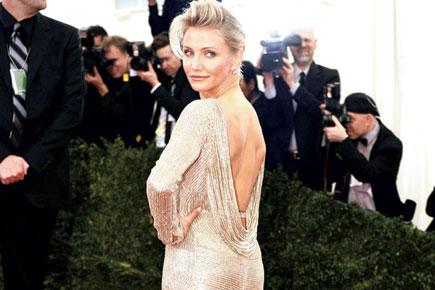
Even before the candles on your birthday cake remind you, your body starts giving you signals that you’ve hit your 40s. Signs of ageing like the skin losing its elasticity, weight gain, graying of hair and excessive fatigue are all signals that you need to take more care now. Most of these changes are natural, but their effects increase largely due to our unmethodical lifestyle that comprises smoking, alcohol consumption, skipping meals and lack of a proper exercise routine.
ADVERTISEMENT
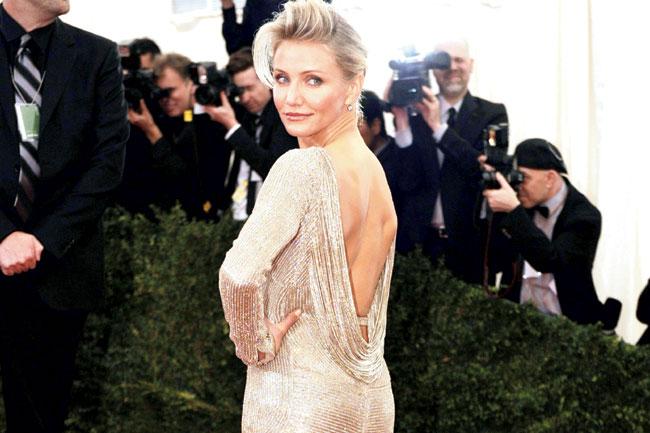 Actress Cameron Diaz, 41, recently said that she feels better in her 40s than she did when she was 25. The actress stated that regular Pilates sessions have helped her stay healthy and fit. Pic/AFP
Actress Cameron Diaz, 41, recently said that she feels better in her 40s than she did when she was 25. The actress stated that regular Pilates sessions have helped her stay healthy and fit. Pic/AFP
While some realise the perils of living an unsystematic life early and adopt healthy lifestyles to lead a better life (read: Cameron Diaz and Jennifer Aniston), majority of us succumb to the pressure of ageing. In the last two editions of Fit at 40, we talked about how to prepare our body for some of the macro changes that take place when you enter the 40s. In this final part of the series, we will take a look at how to protect your skin and hair, the risks that may affect the vital organs like heart, kidney, lungs and liver, and how to overcome loss in muscle mass and strength.
>> Decreased muscle mass and strength
Dr Amrapali Patil, weight management expert and founder, Trim n Tone, says that our body starts losing muscle mass and strength from the age of 30 - 35 years, and fast tracks from there.
The decrease is due to reduced growth hormone and testosterone (in men) levels. It makes it more important to adapt your lifestyle in such a way that the loss in muscle mass and strength doesn’t affect your health.
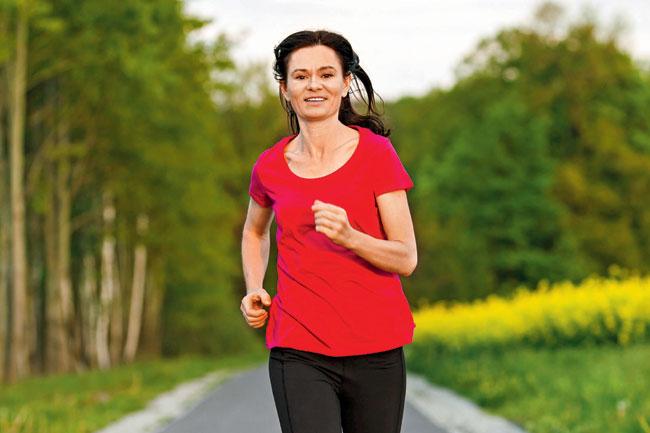
To make up for lost muscle mass during each day of physical inactivity such as bed rest, one might need to exercise for at least two weeks
“Muscle-strengthening exercises such as resistance training, weight lifting, yoga, push-ups and sit-ups, etc, enable overcoming this effect to a reasonable extent. Such exercises tend to strengthen the muscles by making them work against gravity,” she says. Besides overall, strong muscles play an important role in your sex life as well.
Dr Patil also adds that a lack of physical activity hastens the wasting and loss of muscles. “For instance, to make up for lost muscle mass during each day of physical inactivity such as bed rest, one might need to exercise for at least two weeks. Become more physically active; go for brisk walks, jog or join a dance class to keep fit. This will also help you to keep a check on your weight,” she states.
>> Stress
Dr Patil says that effective stress management is essential as it can affect an individual in multiple ways (irrespective of age) including heart diseases and weight gain. “And instead of pulling your hair, socialise, make friends, travel, learn a new language or a suitable skill. If possible, take a pause, but don’t let stress bring you or your body down,” she adds.
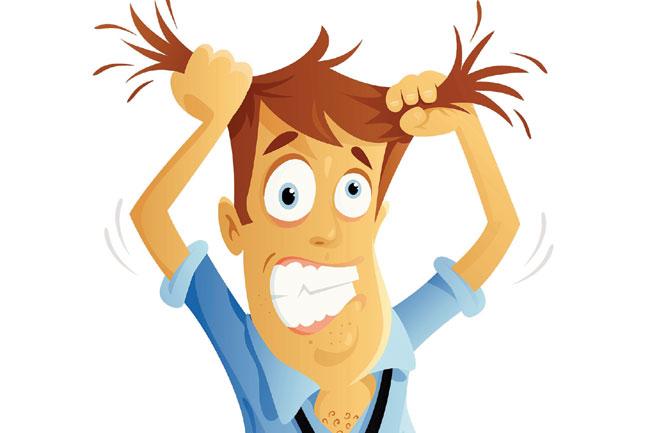
Dr Pillai agrees: “Effective stress management is important as it’s directly linked to several lifestyle diseases.”
>> Heart and kidney
Change in the organs is a continuous process throughout one’s life, but a sedentary lifestyle, consumption of alcohol and nicotine can speed up the process. Dr Sudhir Pillai, cardiologist, PD Hinduja Hospital, groups changes in the 40s into two categories —degenerative changes and atherosclerotic changes. “Degenerative changes like thickening of the kidney tubule, reduction in elasticity of heart muscles and also some calcium deposition on the valves are common.
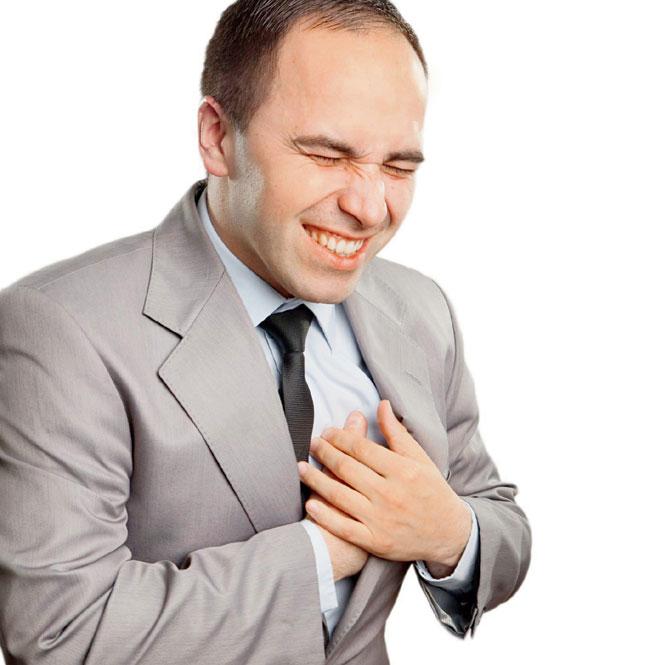
Smoking and alcohol can speed up the natural ageing process
This can evolve rapidly in some individuals depending on genetic factors and external influences like smoking or alcohol. The atherosclerotic changes are basically a mix of genetics, cholesterol, inflammation, smoking and stress, which lead to deposition of cholesterol loaded plaques in the arteries supplying blood to these organs. In due process, they can lead to heart attack or even kidney failure,” says Dr Pillai.
A timely alteration in lifestyle could lessen the risk of diseases such as diabetes mellitus, hypertension, obesity, coronary artery disease and cancers. “Though everyone should follow a healthy lifestyle, people in their 40s should go for a diet focussed on reducing processed food and increasing fibre intake, daily exercise or at least workout for 45 minutes, five days a week and avoid external insults like nicotine and alcohol,” he adds.
u Hair and skin
As we age, the skin becomes dry and thin and less elastic, due to which it starts wrinkling. Research shows that over-exposure to the sun hastens the process of skin aging and wrinkling. Advancing age robs the skin of the skin firming substance called collagen and elastin, which yield the skin its elasticity. As we age, the layer of fat beneath the skin becomes thin, causing wrinkles and sagging of skin. Also, aging reduces the blood flow to the skin which retards skin healing.
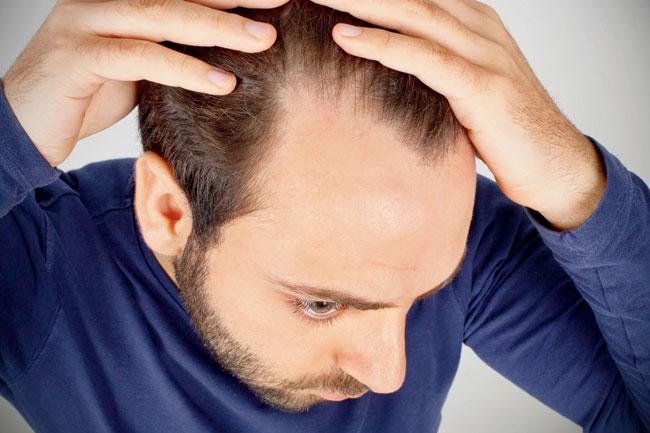
Though there are expensive treatments like hair implants / transplants are available, there’s no cure for balding that is genetic
Dr Patil suggests that a protein-rich diet always helps. Also, regular usage of skin emollients keeps the skin moisturised. “Include adequate calcium and vitamin D in diet, or through supplements. Avoid excessive exposure to sunlight. Use sunscreen daily. Keep the body adequately hydrated. One may also include omega 3 acids (found in fatty fish, flax seeds and walnuts) and collagen in the diet. Besides, drinking adequate amount of water every day prevents wrinkling in the long run and aids flushing the skin of toxins,” she adds.
Over the years, hair tends to gray, become brittle and scanty. The hair growth retards and there is a tendency to go bald. But hair loss can also be hereditary in nature, and not much can be done in those cases. However, if caused by ageing, a protein-rich, well-balanced diet can help. “Also certain yogic postures such as Sarvangasan, Ushtarasan and Matsyasan can help increase the blood supply to the scalp,” says Dr Patil.
 Subscribe today by clicking the link and stay updated with the latest news!" Click here!
Subscribe today by clicking the link and stay updated with the latest news!" Click here!






